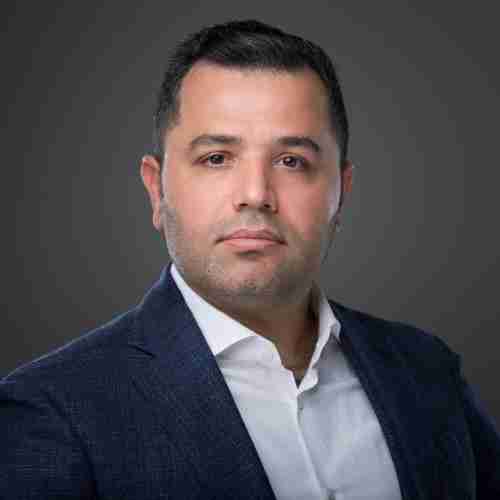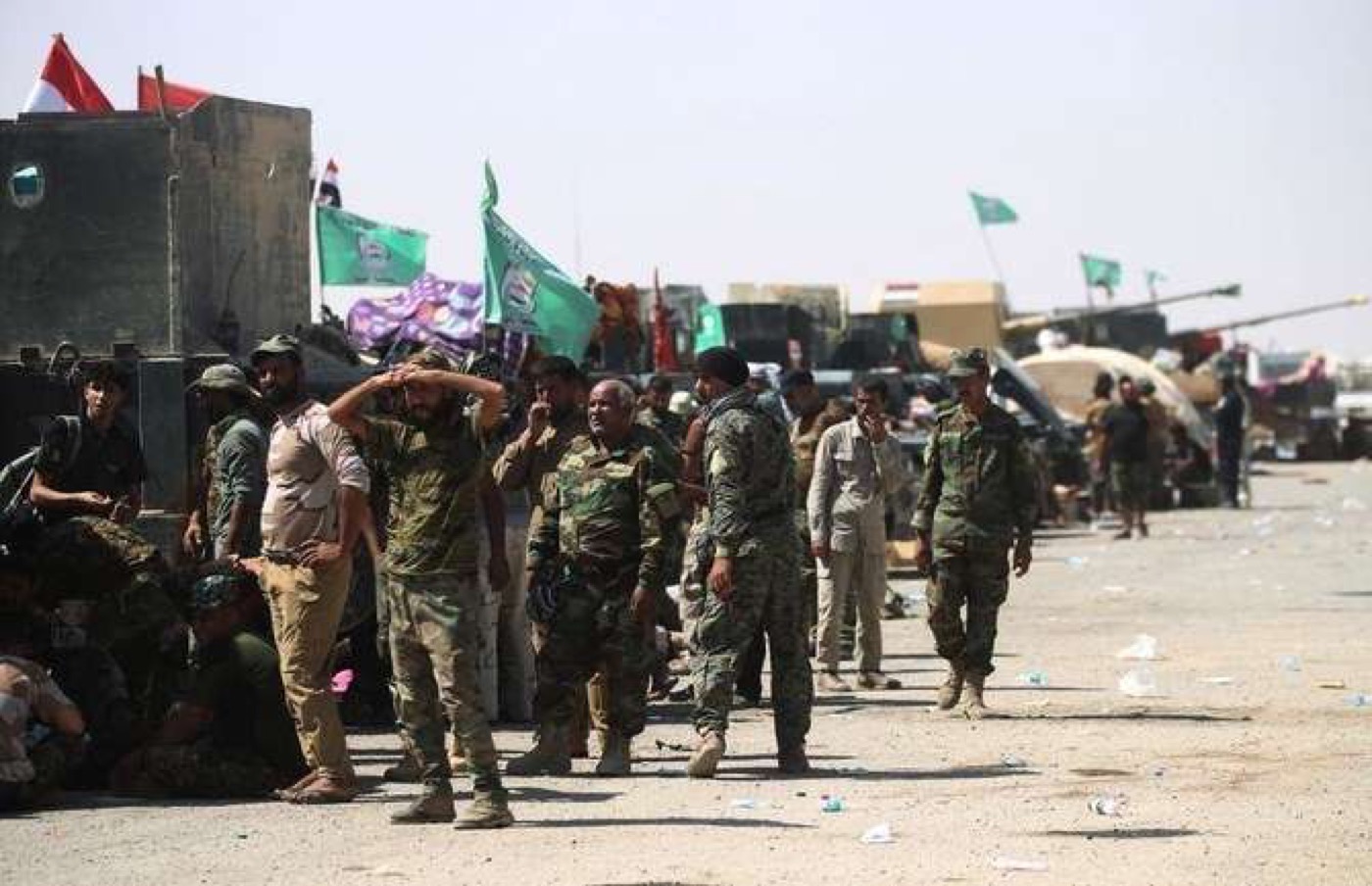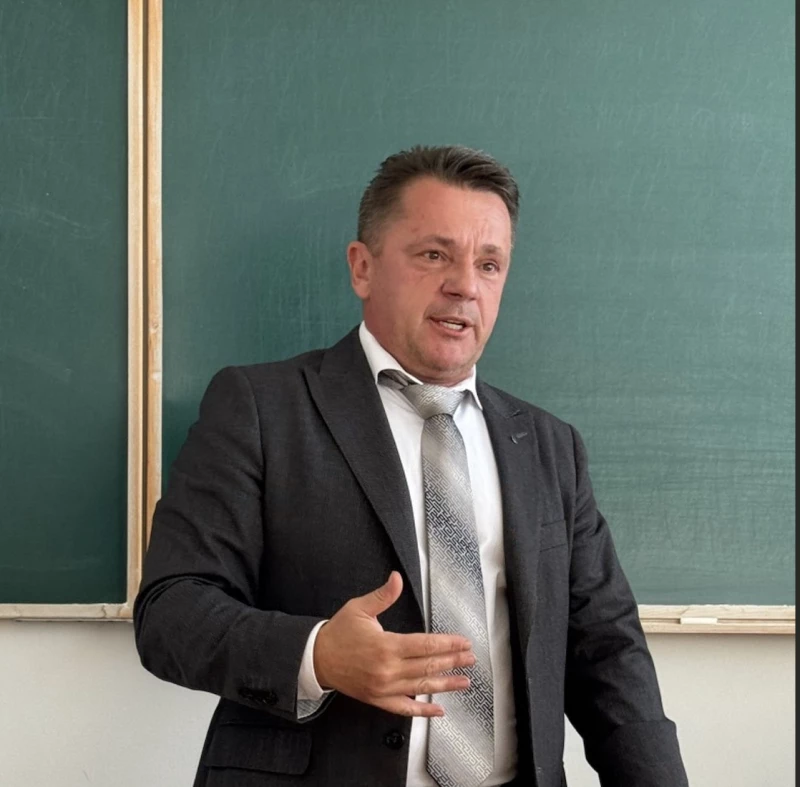In the complex and often turbulent landscape of Iraqi politics, the issue of armed militias stands as one of the most daunting challenges since the 2003 U.S.-led invasion of Iraq. These groups, rooted in the country’s troubled history, have become key players in its socio-political and economic dynamics. The disarmament of these militias is not merely a security issue; it’s a crucial step towards national unity and lasting stability in Iraq. The phenomenon of armed militias in Iraq is deeply entwined with the nation’s history. These groups have been a constant feature, from the early days of the monarchy through the era of Saddam Hussein, to the Coalition’s Provisional Authority (CPA), each period seeing different forms and allegiances of these militias. The situation escalated in the aftermath of the 2003 U.S. invasion, which led to a power vacuum and subsequent sectarian violence, providing fertile ground for various militias to grow and assert their influence. In the shadow of the Islamic State’s (IS) 2014 onslaught, Iraq saw the rise of various militias under the Popular Mobilisation Forces (PMF) banner, playing a crucial role in halting IS advances. However, as the Iraqi Security Forces (ISF) regain control, the question of integrating these militias into a national framework looms large, posing challenges to Iraq’s path towards unity and stability.
Current Challenges in Disarming Militias
Today, the Iraqi government faces the complex task of disarming these groups. This challenge is multifaceted, involving political, social, economic, and regional dimensions. The militias, many with deep community roots and external backing, particularly from Iran, represent more than just armed entities; they are intertwined with the socio-political fabric of the nation. Moreover, the diversity among these groups - from Shia militias like the Badr Organization to Sunni tribal militias - adds layers to the complexity. The PMF's composition, representing a cross-section of Iraqi society, is both its strength and its Achilles' heel. The militias’ diverse affiliations deepen ethno-sectarian divisions, undermining national cohesion. The incorporation of PMF into the national security framework through legislation complicates matters further, especially in the face of the upcoming elections and their political affiliations.
Security Sector Reform (SSR) and Disarmament, Demobilization, and Reintegration (DDR)
The formation of an effective, unified security force is a prerequisite for national unity. Drawing from the United Nations’ principles on DDR, Iraq faces the challenge of creating an environment conducive to disarmament in a landscape still marred by security threats. The US Government Accountability Office (2008) highlights the need for secure conditions, inclusive political agreements, and sustainable funding for successful DDR, conditions challenging to meet in the post-ISIS era.
Given Iraq’s history with ethno-sectarian tensions, a diverse and inclusive national army is essential for effective law enforcement and national unity. The Iraqi Security Forces (ISF) competes with the PMF for public support, a situation that hinders Iraqi unity. The central government should incentivize diverse local recruitment into the ISF, potentially through affirmative action policies, to build a force representative of Iraq’s entire population.
The Role of the United States and the International Community
The role of external actors, particularly the United States, is pivotal. The U.S. has a history of involvement in Iraq’s security affairs and, thus, holds a responsibility in supporting the disarmament process. However, this role must be carefully balanced. A heavy-handed approach could exacerbate tensions, while a passive stance might allow for increased foreign (especially Iranian) influence. The U.S. must tread a path that supports Iraqi sovereignty while ensuring that its actions do not inadvertently strengthen militias.
A Comprehensive Strategy for Disarmament
The disarmament of militias in Iraq requires a comprehensive strategy that goes beyond military action. It should encompass political dialogue, economic development, and community engagement.
- Political Integration and Dialogue: There must be a concerted effort to bring these armed groups into the political process. This includes dialogue with militia leaders to be part of a roadmap to disarm their armed wings. Such measures can transform these groups from armed entities into political stakeholders.
- Economic Incentives and Alternative Livelihoods: Economic factors often drive individuals to join militias. Providing alternative livelihoods through job creation programs, vocational training, and economic incentives can help in disarming and reintegrating militia members into society.
- Community Engagement and Rebuilding Trust: Addressing the needs and security concerns of communities affiliated with militias is essential. This involves strengthening local governance and police forces, ensuring they are accountable and representative of the communities they serve.
- International Support and Oversight: The international community, led by the United States, can support this process through diplomatic engagement, financial assistance for reintegration programs, and technical aid in security sector reform.
A significant part of the strategy must focus on countering external influence, particularly from Iran. This involves diplomatic efforts to limit Iranian support to militias and ensuring that any international assistance to Iraq does not end up empowering these groups. The U.S. can play a crucial role in this, using its diplomatic and economic leverage to support the Iraqi government in asserting its sovereignty.
Several challenges could impede the disarmament process. These include potential resistance from militias reluctant to relinquish power, sectarian and ethnic divisions, and the risk of creating security vacuums that could be exploited by extremist groups like ISIS. Therefore, any disarmament effort must be gradual and carefully managed to avoid unintended consequences.
Finally, the key to successful disarmament lies in sustained commitment from both the Iraqi government and the international community. This is not a short-term endeavour but a long-term process that requires patience, resources, and a deep understanding of the complex dynamics at play.
Conclusion
Disarming militias in Iraq, while a daunting task, is not an insurmountable one. The complexity and challenges of the current environment cannot be a deterrent to pursuing this essential goal. Instead, they should serve as a catalyst for a more concerted, multi-dimensional effort towards achieving lasting peace and national unity. This endeavour is not just about removing weapons from the hands of non-state actors; it is about addressing the underlying causes that give rise to such groups and ensuring a stable future for Iraq.
To break the cycles of violence that have long plagued the country, a holistic approach that goes beyond military solutions is imperative. This approach should encompass not only the disarmament of militias but also their demobilization and integration into society. It necessitates a careful balance of political dialogue, economic development, and social reconciliation. Political dialogue is key in addressing the grievances and aspirations of different community groups represented by the militias. Economic development, including the provision of alternative livelihoods and reintegration programs, is essential to ensure that former militia members have a stake in a peaceful and prosperous Iraq. Social reconciliation efforts are needed to heal the divisions that have been exacerbated by years of conflict and mistrust.
The role of the international community, especially the United States, is crucial in supporting Iraq’s efforts. This support should be in the form of diplomatic backing, financial aid for reintegration programs, and technical assistance in areas like security sector reform. However, it is also important that this support respects Iraqi sovereignty and is aligned with the needs and aspirations of the Iraqi people.
Furthermore, the successful disarmament and integration of militia members into a unified national security force require robust political will from all Iraqi actors. It involves the difficult task of balancing various interests and overcoming the deep-seated mistrust between different groups. This process also requires stringent vetting procedures to ensure that the reformed security sector does not become a haven for extremist elements or individuals guilty of war crimes.
Additionally, given the entrenched gun culture in Iraq, innovative approaches to disarmament and reintegration may be necessary. Drawing inspiration from successful models like Tajikistan's, which prioritized reintegration even in the absence of complete disarmament, could offer valuable lessons.
In conclusion, the disarmament of militias in Iraq is a critical, yet achievable goal. It demands a comprehensive strategy that is inclusive, sensitive to the complex dynamics of Iraqi society, and supported by a committed international community. With dedicated efforts from the Iraqi government, regional actors, and international partners, Iraq can indeed navigate its way towards a more stable, unified, and peaceful future. This journey is not just about disarming militias; it is about laying the foundations for a nation where all its citizens can live in security, dignity, and prosperity.



 Facebook
Facebook
 LinkedIn
LinkedIn
 Telegram
Telegram
 X
X


